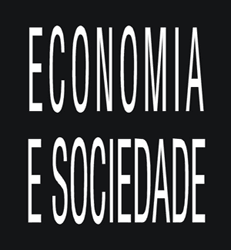Abstract
This paper aims to show that Bunge Brazil consolidated itself as an economic group in the second half of the twentieth century. Founded in Amsterdam in 1818, the company has operated in Brazil since 1905, arriving from Argentina where it had been present since the end of the 19th century under the name of Bunge and Born. In the 1990s, the Bunge Brazil group had 127 independent firms. For this study we selected four of them, representing several sectors: wheat and milling (Moinho Fluminense); paints, varnishes and derivatives (Coral Paints); agribusiness and exports (Sanbra); textile and clothing industry (Santista Têxtil). Theoretically the text analyzes the authors who discuss the formation of economic groups in peripheral economies. The primary data were collected from the Bunge Memory Center in São Paulo and through interviews. As a preliminary conclusion, it can be said that Bunge has consolidated itself as an economic group while diversifying its activities and transforming some of its 127 companies into industrial conglomerates by having their own affiliates, and in turn forming other economic groups.
Keywords:
Bunge; Economics groups; Moinho Fluminense; Tintas Coral; Sanbra; Santista Têxtil
